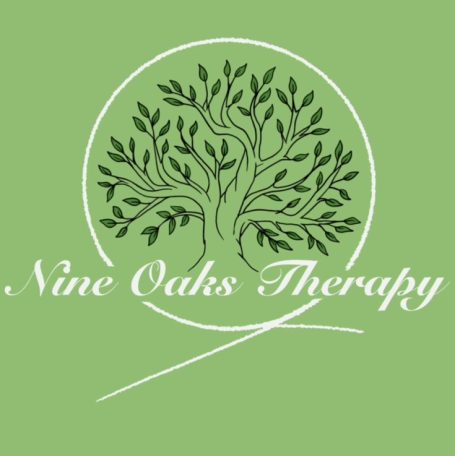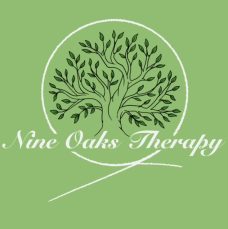Post-Traumatic Stress Disorder (PTSD)
What is PTSD?
Post-Traumatic Stress Disorder (PTSD) is a mental health condition that can develop after experiencing or witnessing a traumatic event. Traumatic events may include accidents, natural disasters, combat, physical or sexual assault, or other life-threatening situations. Symptoms of PTSD can vary but often include:
- Re-experiencing the traumatic event through intrusive memories, flashbacks, or nightmares
- Avoidance of reminders of the trauma, including places, people, or activities
- Negative changes in thoughts and mood, such as persistent negative beliefs, guilt, or detachment from others
- Hyperarousal, including difficulty sleeping, irritability, hypervigilance, or exaggerated startle response
PTSD can significantly impact daily functioning, relationships, and overall quality of life.
How can EMDR treat PTSD?
Eye Movement Desensitisation and Reprocessing (EMDR) is a specialised psychotherapy approach designed to alleviate symptoms of Post-Traumatic Stress Disorder (PTSD). EMDR involves a structured eight-phase process that includes recalling distressing experiences while simultaneously focusing on external stimuli such as hand movements or sounds. This dual attention helps to process traumatic memories in a less distressing way, allowing individuals to reprocess traumatic events, change negative beliefs about themselves, and develop more adaptive coping mechanisms. EMDR aims to reduce the emotional charge associated with traumatic memories, leading to decreased symptoms of PTSD, such as intrusive thoughts, nightmares, and hypervigilance. Through this therapeutic process, individuals can experience a reduction in symptoms and an improvement in overall well-being, enabling them to move forward with their lives.
How Can CBT Treat PTSD?
Cognitive Behavioural Therapy (CBT) is a highly effective treatment for PTSD. It helps individuals process and make sense of traumatic experiences, reducing the intensity and frequency of PTSD symptoms. In therapy, individuals are provided with a safe environment to confront and process memories of the traumatic event. Through techniques like imaginal exposure, they gradually face and work through these memories, lessening their emotional impact over time. Additionally, CBT assists individuals in challenging and reframing negative beliefs and thoughts related to the trauma, replacing them with more balanced perspectives. Exposure therapy is also employed to help individuals confront triggering situations, thoughts, or memories, gradually reducing avoidance behaviours and fear responses. Practical coping skills, relaxation exercises, and behavioural activation techniques are taught to manage distress and regulate emotions, enabling individuals to reintroduce pleasurable activities into their lives and regain a sense of control and well-being. CBT for PTSD typically involves a structured series of sessions with a trained therapist, tailored to the individual's specific needs and treatment goals. Through addressing both the cognitive and behavioural aspects of PTSD, CBT empowers individuals to take control of their lives, alleviate symptoms, and improve overall quality of life.
We need your consent to load the translations
We use a third-party service to translate the website content that may collect data about your activity. Please review the details in the privacy policy and accept the service to view the translations.

